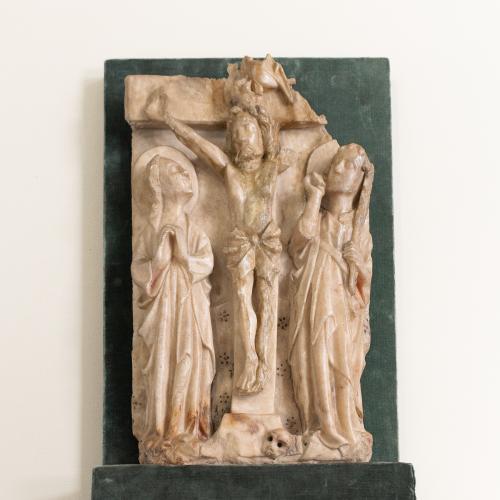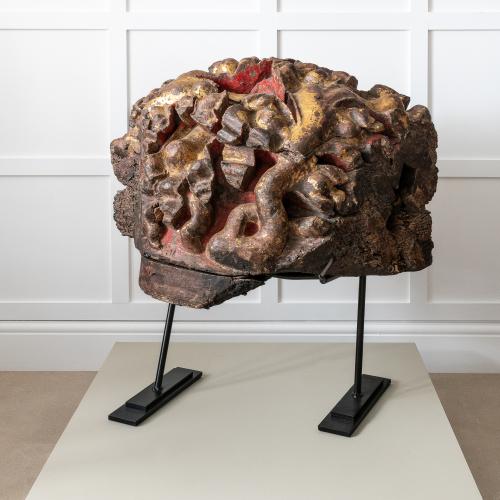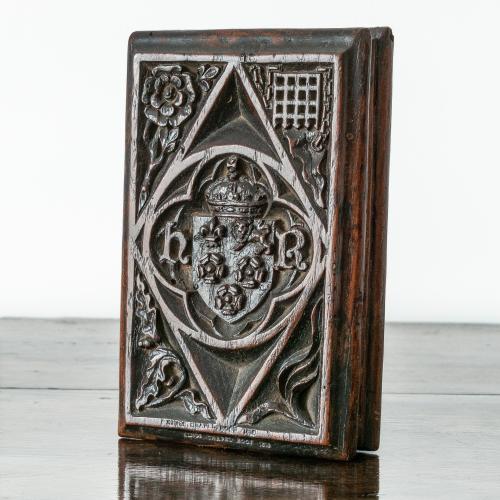












This object is eligible for a Certificate of BADA Provenance
The BADA Standard
- Since 1918, BADA has been the leading association for the antiques and fine art trade
- Members are elected for their knowledge, integrity and quality of stock
- Our clients are protected by BADA’s code of conduct
- Our dealers’ membership is reviewed and renewed annually
- Bada.org is a non-profit site: clients deal directly with members and they pay no hidden fees
The shallow domed cover with concentric rings, centred by a lidded spice box and three baluster shaped finials to hold the dippers when not in use, the bowl with a low filet, on a short stem and spreading circular foot.
Provenance: H W Keil, Broadway, Worcestershire
Literature: For a comparable example see Owen Evan-Thomas, 'Domestic Utensils of Wood' (1992), p. 21, pl. 7A.
Wassail bowls were used for toasting, the name thought to be derived from the Anglo Saxon 'waes-hael' ('wass-heil' or 'was-haile') meaning 'good health', at Christmas time and also originally other important ceremonial and festive dates throughout the year. Lignum vitae became a popular choice for larger and more formal wassail bowls in the 17th century and it is suggested that they developed into something of a status symbol for well-off families. For an extensive discussion of wassail bowls see Edward H Pinto, 'Treen and other Wooden Bygones' (1969), pps. 48-52.
Dimensions
Height 33cm, Diameter 23cmStock number
4306The BADA Standard
- Since 1918, BADA has been the leading association for the antiques and fine art trade
- Members are elected for their knowledge, integrity and quality of stock
- Our clients are protected by BADA’s code of conduct
- Our dealers’ membership is reviewed and renewed annually
- Bada.org is a non-profit site: clients deal directly with members and they pay no hidden fees
















